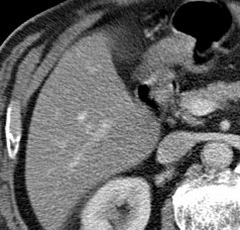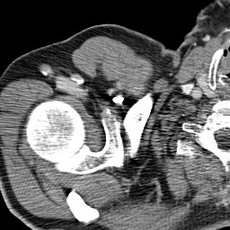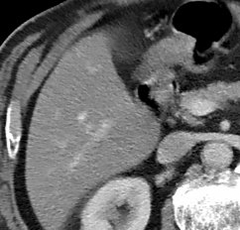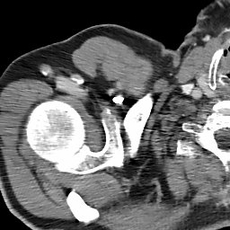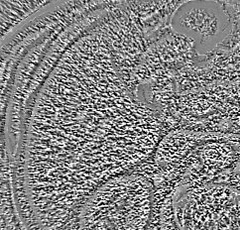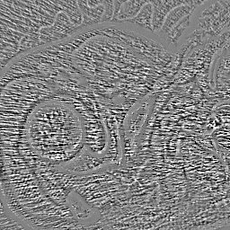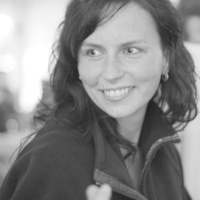
Dr.-Ing. Anja Borsdorf
Alumnus of the Pattern Recognition Lab of the Friedrich-Alexander-Universität Erlangen-Nürnberg
Edge-preserving Noise Reduction in CT based on Identification of Correlations
Computerized tomography (CT) is one of the most important imaging modalities in radiologic diagnosis. However, the radiation exposure associated with CT is generally regarded to be the main disadvantage of the method. With respect to patients care the limitation of exposure is definitely desirable. The problem arising from the demand for dose reduction is its direct impact on image quality. Halving the radiation dose, which is largely influenced by the tube current, increases pixel noise in the images by a factor of square root of two. For a reliable diagnosis the ratio between relevant tissue contrasts and the noise amplitude must be sufficiently large. Thus the dose of radiation cannot be reduced arbitrarily. The topic of this project is to develop a method for edge-preserving noise reduction based on correlation analysis in order to reduce noise in CT data. The goal is to achieve either improved image quality at contant dose or to reduce the dose of radiation without impairing image quality.
Up to now a wavelet transformation based method has been investigated, in order to reduce noise in the reconstructed slices. In contrast to other common methods for noise reduction the algorithm takes two or more datasets as its input. The input images are spatially identical but taken at different points in time, leading to uncorrelated noise in the images. Such data can for example be generated by separate reconstruction each with only every second projection. Correlation analysis based on the input images or rather their wavelet-representation allow the differentiation between structure and noise.
This project is financed by Siemens Medical Solutions. On one hand the close cooperation enables a knowledge transfer concerning state-of-the-art research and on the other hand it provides access to the newest generation of medical devices.
Example Images
